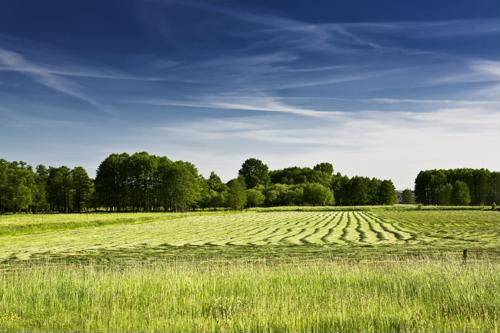It’s a common misconception to think that buying rural land is only for real estate tycoons looking to diversify their portfolio. However, investing in rural land has been proven over time to be a smart play for just about anyone that is looking to park their money.
From a pure investment standpoint, however, the goal is to find properties capable of producing income. The one type of income-producing rural property that everyone seems to be aware of these days is farmland. Farmland is the hottest investment right now with the demand for commodities such as corn and soybeans driving historic farm land prices in many parts of the country. States such as Iowa have seen prices on tracts with Class A soils jump north of $10,000 per acre, as analysts cringe over an impending bubble in values.
However, the Midwest remains a primary hotbed for farmland investments, and farmland in Southern states such as Arkansas and Kentucky can provide prospective buyers with solid returns on the investment as well.
The farmland market may see some small corrections in the years to come, but the simple fact is that every day the long-term demand for commodities increases.
For potential investors, properties that have established farming operations in place can prove to be attractive.
With land being a long-term investment, today’s investors need to anticipate what will be hot in 15-30 years. With the world population expected to reach 9 billion by 2050, up from today’s 7 billion, investors should continue to give farmland a good, hard look.
Location, location, location
As with any real estate investment, the key is location. Just because the farmland market is a sound investment in one area does not mean it is practical in others, due to factors such as the soil types or infrastructure of that area. Investors are best served consulting with land specialists in their areas to identify properties that can cash flow once bought. In many parts of the southeast for example, the cash crop of preference is timber, and a good land specialist can give a glimpse into which properties currently on the market can provide the best long term returns.


